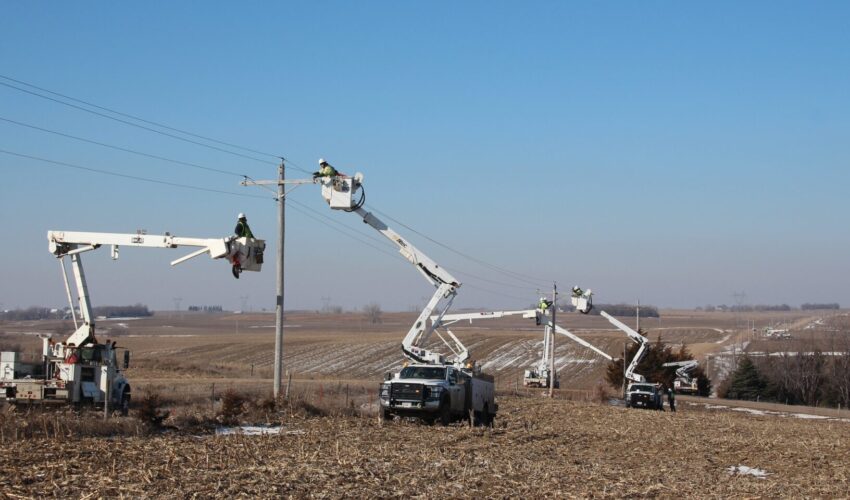Sanford sports scientists study ways to make mixed martial arts safer
April 25, 2019
This paid piece is sponsored by Sanford Health.
This Friday night at the Sanford Pentagon, two dozen men will put their bodies through a beating.
Kicks, punches, knees and elbows to the head. There will be blood. They may be knocked unconscious. But they know that going in.
The men are mixed martial arts fighters competing in LFA 64, a professional, sanctioned event pitting rising stars in the sport against each other for a shot at earning contracts with larger MMA entities such as Bellator and UFC.
The Pentagon has hosted seven MMA events since opening in 2013. The sport continues to gain popularity — not only with fans, but also with athletes: men and women who have chosen to dedicate themselves to climbing the ranks of mixed martial arts.
Across the street at the Sanford Fieldhouse, Thayne Munce and Daniel Poel with Sanford Sports Science Institute have been studying the effects the sport has on fighters for the past two years.
“Guidelines for when it is safe to return (to fighting) for fighters who have been knocked out or fighters who have incurred any damage are inadequate from a brain-health perspective,” Munce said. “The NFL has a concussion protocol, a step-by-step plan for return to play. MMA doesn’t have that even though there is a high rate of concussion and brain injury.”
Fighters motivated to help with study
The goal of the Sports Science Institute’s study is to provide better guidance for mixed martial arts when it comes to brain trauma to better protect the athletes competing. Munce and Poel have been working with about a dozen of those athletes. Munce said there are two big reasons the fighters have signed up to participate in the study.
“They are aware that MMA carries a risk for brain injury and trauma, and they want to evaluate where they’re at as they progress through the sport, and there’s also an interest in helping elevate the health and safety of the sport.”
Munce and Poel evaluate changes in brain function of fighters before and after fights. They want to know if there is a measurable impairment in athletes after the fight. This includes all fighters — those who have been knocked out and more likely to experience a brain injury but also fighters who have escaped fights with minimal damage to their bodies.
“We do an evaluation that includes a variety of balance, reaction time, eye tracking and brain wave activity assessments to establish baseline values,” Munce said. “We then retest athletes after their fight, then after a week and then after 30 days to compare measurements.”
Control subjects who are not involved in the sport also are brought in and measured to compare results.
Early findings may come this year
The study isn’t based solely on the effects of fights that happen only a few times a year. Munce and Poel also are interested in evaluating head-impact exposure during training. They go into the gym and perform pre- and post-training measurements and look at the impact of sparring and striking during training.
“It’s too early to make any conclusions, but we are making good progress and developing our data set. By the end of this year, we should have some preliminary findings,” Munce said.
When the goal of the sport is to try to knock out the opponent, injury is inevitable. But having the right information about your health before signing up for the next fight is invaluable.
“I can’t overstate how skilled these athletes are, but the risk for injury is greater than many others,” Munce said. “We want to learn more about those risks and protect the athlete.”
More stories








